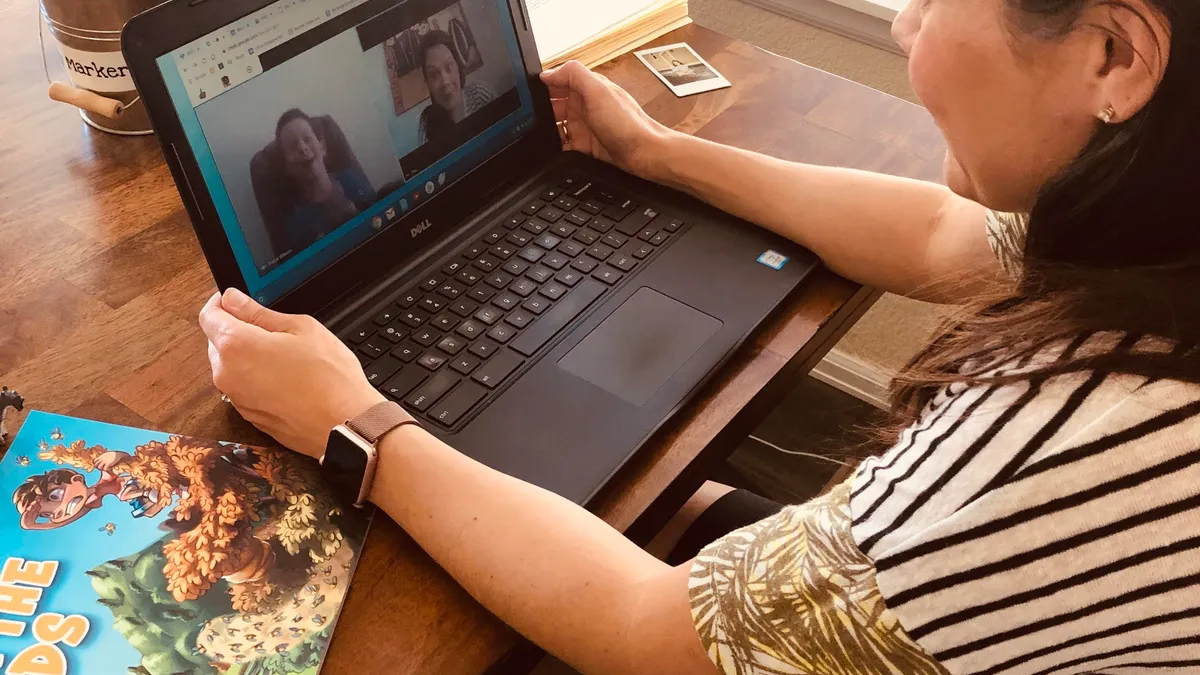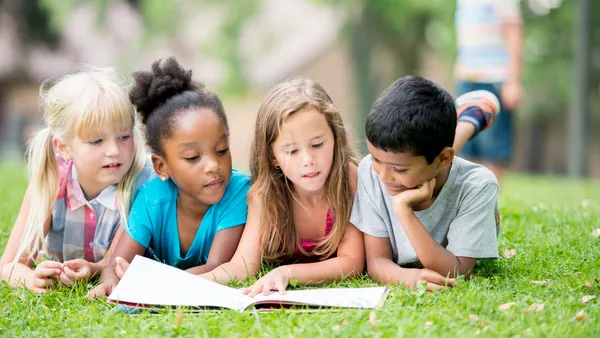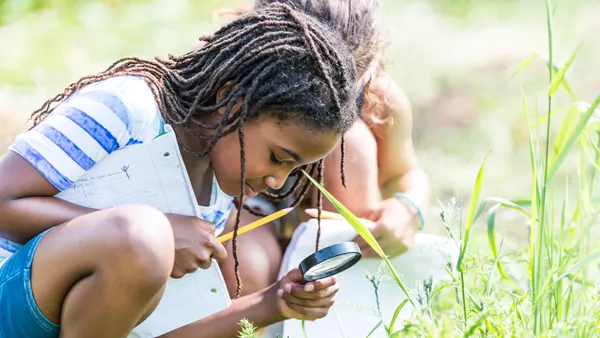Dive Brief:
- The Learning Policy Institute recently released “Restarting and Reinventing School: Learning in the Time of COVID and Beyond,” a framework outlining how policymakers and education decision makers can address how to safely, effectively and equitably deliver in-person and online education.
- Specifically, the framework addresses how to:
- Close the digital divide.
- Strengthen distance and blended learning.
- Assess students’ needs.
- Ensure supports for SEL.
- Redesign schools to promote stronger relationships.
- Develop culturally responsive learning.
- Create expanded time for learning.
- Establish community schools and wraparound supports.
- Prepare educators for reinventing school.
- Leverage more school funding that is both adequate and equitable.
- LPI President and CEO Linda Darling-Hammond, who co-authored the framework, said in a statement that the pandemic could be "a historic opportunity" for education leaders "to reinvent an antiquated and deeply inequitable system" and adopt "an entirely different approach — one that champions equity, authentic learning, and stronger relationships among educators, children, and families.”
Dive Insight:
After years of considering best practices and slowly moving towards them, schools are now forced to experiment with new ways of teaching — and that’s not all bad, some experts say.
“The pandemic has disrupted learning for an entire generation of students, from preschool through college,” Darling-Hammond said in a statement provided to Education Dive. “We cannot return to business as usual, and in some ways, this is a good thing.”
The country’s education system has been deeply unequal and erratic in delivering on the promise a quality education for all students, she added.
During the coronavirus shutdowns, some districts implemented project-based learning which has been assessed through feedback in many places. Darling-Hammond said performance-based assessment could “sharpen critical thinking and communication skills” and better give students skills they need for success in college or the workforce. It’s about connecting lessons to application in the real world.
Remote learning prompted some teachers to turn to project-based learning and encourage their students to get creative in their projects by using items found around the home. The switch also prompted many educators to turn to a feedback-based assessment system to measure progress. Some expect the trend to continue long after the pandemic threat fades and students return to their classrooms.











